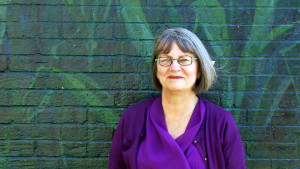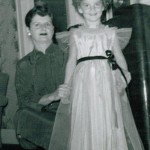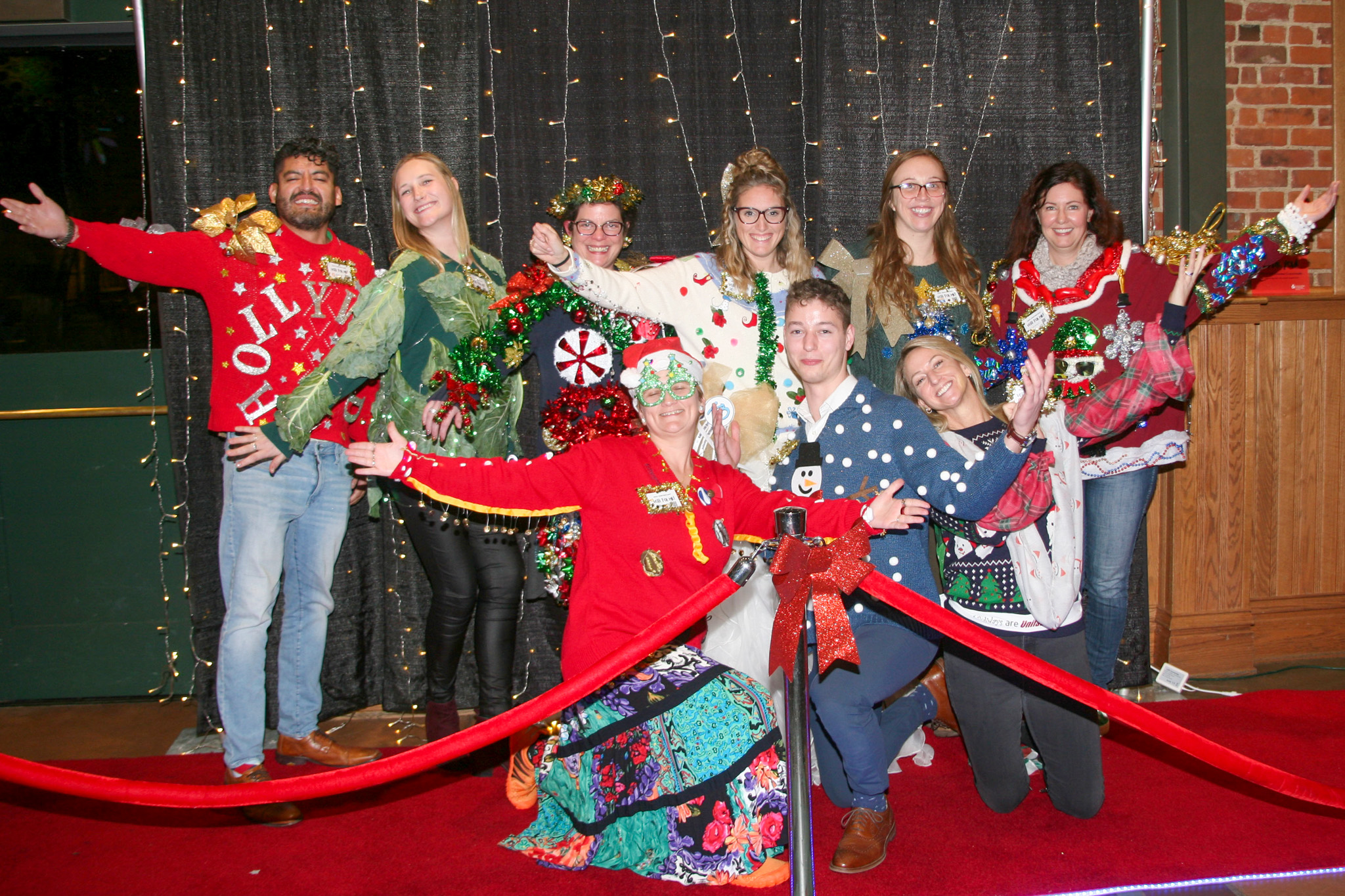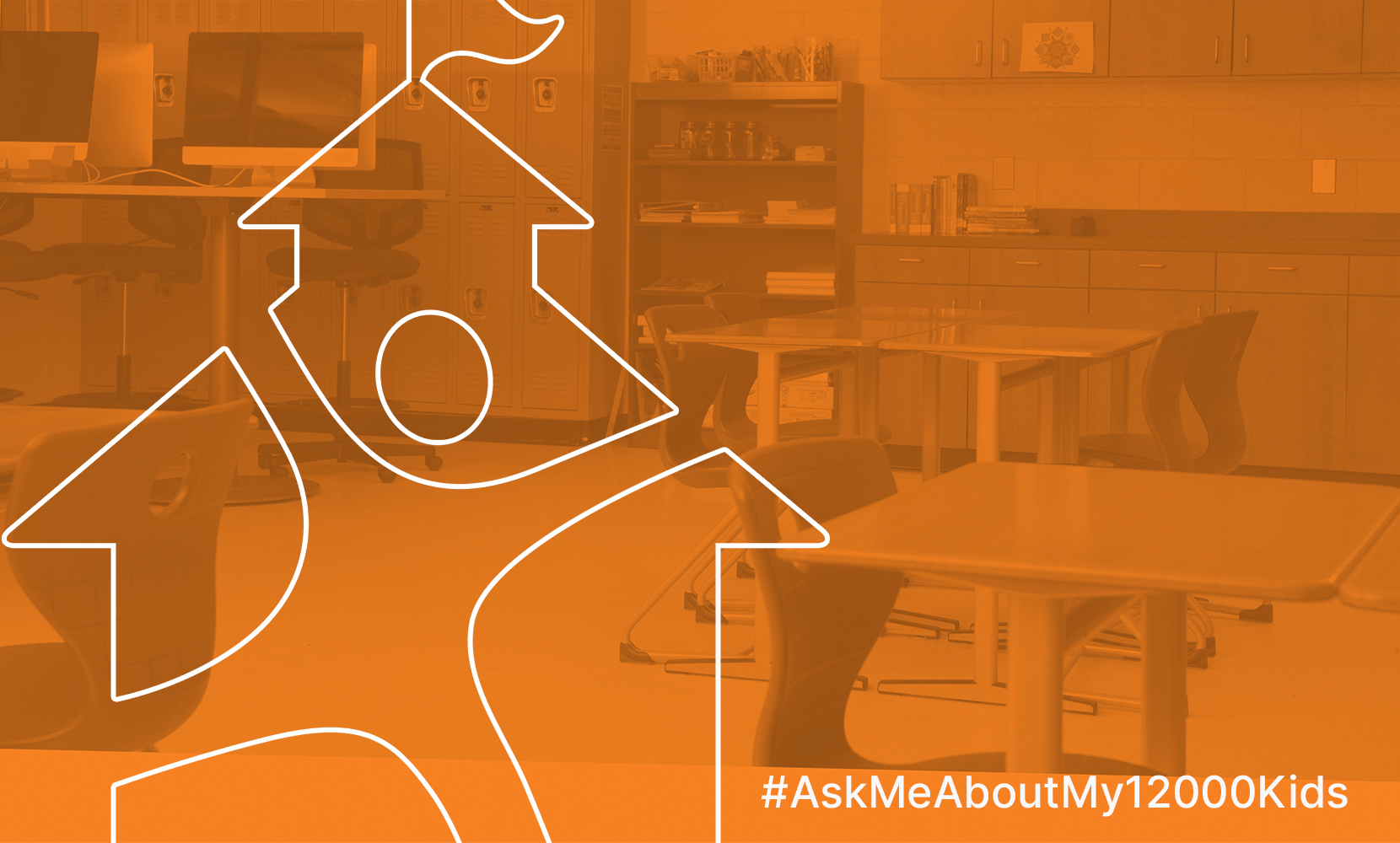Pam Kingery, CIS of Kalamazoo’s Founding Executive Director Retiring
On behalf of the Board of Directors of Communities In Schools of Kalamazoo (CIS), CIS Board President Tony McDonnell announces the retirement of our founding Executive Director, Pam Kingery, which will occur at the end of June, 2019. [Look for McDonnell’s article on Pam’s retirement in the upcoming CIS Connections.]
In 1998, the City of Kalamazoo and Kalamazoo Public Schools, with the input of many community stakeholders concluded that they had strong mutual interests for investing resources to improve the education and graduation of KPS students. Economic development, social justice, quality of life and workforce development interests intersected to create a local affiliate of Communities In Schools (CIS). Representatives of this community selected Pam Kingery as the person who could breathe life into this promising approach for supporting kids. As McDonnell notes, “In December 1999, Pam Kingery took on the challenge of developing the Kalamazoo version of Communities In Schools, using a national model to overcome the barriers that derail kids, giving them hope and the belief they can succeed in school, graduate and be prepared for life.”
In 2003, CIS joined with the Chamber of Commerce’s Kalamazoo Area Academic Achievement Program [KAAAP] and the Kalamazoo Public Education Foundation [KPEF]. Pam’s leadership has been “extraordinary” says McDonnell. “We all—the board, the staff—this entire community—owe her a debt of gratitude.”
Assures McDonnell, “the CIS Board has already embarked on its search for the next executive director. We look forward to a smooth transition and finding someone with the same passion and drive, a new leader who, in the wake of exciting opportunities and intriguing developments, will take this incredible organization to the next level, and help us serve even more students.”
Before Pam retires, Ask Me About My 12,000+ Kids wanted to find out what she has discovered along the way. Here’s our conversation with her:
Kids first! This has been your mantra over the years. So, let’s start with kids first. Tell us a story about one of the 12,000+ kids CIS has helped that has stuck with you over the years.
I still think of one of those first kids. His site coordinator worked so hard to get him eyeglasses. While he was incredibly excited to see clearly, he ended up tossing the glasses out of the third floor window of his school—what was then Vine Alternative [now KAMSC]. The frames of the glasses, purchased by his Medicaid coverage unfortunately branded him as low-income with his peers. He pointed out he would rather go back to not seeing than to have other students bully him for his Medicaid-frame glasses.
And I can’t help but think of the young man who had school failure after school failure. He had moved around a great deal, often missing school. At age 15, the CIS site coordinator took him for an eye exam. Following the exam, the optometrist informed them that the student was legally blind. He received glasses with extremely thick lenses.
All the way back to school, the site coordinator, worried about how the student would be perceived by his classmates, tried to prepare him for the possibility that kids might make fun of his glasses. But this young man was totally enthralled with everything he could see. He was especially taken by the trees. For the first time, he could see that the green of the trees was made up of individual leaves. He said he didn’t care if he got made fun of for thick lenses. He was just so happy to be able to see. At fifteen, his whole world suddenly opened up. You can’t help but wonder, how might things have been different for him if his vision problem could have been identified earlier, when he was five and not fifteen?
What happened with the first student?
With both of these students, we dipped our toe in the water with vision as one significant barrier to success. The first student I mentioned, it is because of him that we reached out to The Junior League of Kalamazoo. He had introduced us to the complex challenges with solving vision care needs and what kids and their parents were contending with at the time. Back then, I think there were three options for Medicaid frames and these were easily identified by other kids as evidence of poverty. So, while we were able to meet his need, it came at such a great social-emotional cost to him. Junior League gave us that first vision care grant of $5,000 and it allowed us to help that student upgrade his frames, and it helped many other families struggling to meet their children’s vision needs, some families who couldn’t even access the Medicaid frames.
As is always the case, there were lots of incredibly caring teachers, who on top of everything else they do, were trying to get glasses for kids. Others like the Lions Club and the KPS nurse were also working very hard to help with glasses, one student at a time. What we added was this organized, systematic approach to making sure that all kids who failed vision screening could then be supported to get them across the glasses finish line.
It’s one thing to be screened for vision—or any other need for that matter—but if nothing happens as a result, screening has no value. That we’ve been able to take identified needs and create systems for intervening is what I am still most excited about in terms of what CIS is able to do for kids and families. The creation of an ongoing system—one we’ve built together with the Kalamazoo Public Schools and the community—means lots of kids will continue to get lots of help long after any one of us is gone.
Back in 1999, you started CIS here in Kalamazoo from scratch. What was one of the first ingredients you used to get started?
I don’t know if it’s an ingredient, so much as a realization. What struck me early on is that this thing we were trying to create was not going to be successful if I was a traditional leader in the traditional sense of one charismatic person who would create and carry this organization on her shoulders. No one person could do this and sustain it. We would only be successful if what we were trying to do was owned by many, many more people that just me.
And early on, you did see that sense of shared ownership, beginning with our board, and our founders. And since then, together, we have only continued to grow the systems of support and the number of students and schools CIS serves.
I hope that our sustainability over the last almost twenty years suggests that my educated hunch was correct. I think the joint ownership and passion for CIS and what it could be, has made for a much broader and stronger foundation. Organizations come and go. When an organization has been “owned” by one person, it is especially easy for that organization to go with that person. Joint ownership makes it a lot harder to let something go. It’s this shared sense of passion and ownership for CIS and its mission that so many people have invested in; it’s the glue that holds this organization together.
[An article posted last month in Nonprofit Quarterly, speaks to Pam’s collective leadership approach. You can read it here.]
What do you consider to be your greatest accomplishment?
The creation of a systemic approach and the assembling of an incredibly talented staff and board. You can create a wonderful system, but if you don’t have talented people to do the work, it’s impact will be nonexistent. And if you have talented people, but no organized system to apply their talents, there will also be limits. It’s because of those two things—in combination—that I feel such optimism for the future of CIS.
What advice would you give to the person who will ultimately step into your position when you retire at the end of June?
Listen.
When examining myself and when I’ve messed up is probably when I’ve succumbed to the temptation to talk more and not listen enough. We can all probably listen better and more often. I don’t think there are too many of us who are listening too much. It’s good advice for all of us to take in and listen more, whether we’re at work, at home with our family, our kids, with friends, you name it. Listen.
Back in 2014, you helped kick off our “What’s your Story?” series by sharing your own moving story. [You can read that post here.] You said that your mother instilled in you a love for education. You also said that you were the first and only person in your family to receive a college education.
I had originally told staff the story of what my mom had only told me as an adult. Growing up, I remember how my mom always talked about how much she loved school. But it wasn’t until years later, as a grown adult with my own kids that she told me she had dropped out in high school because she was so incredibly poor.
I have this photo of my mom as a child and she is wearing a potato sack for a dress. She described herself as a bow-legged child who always had a terrible haircut. She and her sister literally got their hair cut by having a bowl placed on their head, and dull scissors used to cut around the bowl.
Kids made fun of her and she finally couldn’t take it anymore and dropped out of high school. She ended up going to Detroit at age sixteen—by herself—and got a job.
That knowledge about my mother’s experience informed my thinking around what we are doing with CIS Kids’ Closet. From that very personal story, I know that sometimes the piece of clothing we offer is far more than that piece of clothing. Through Kids’ Closet, we aren’t just handing out pants or socks. We are also handing dignity to that child. We are sending the message to kids that, as adults, we are going to care for and protect you.
In speaking with CIS staff, some of the qualities they mentioned that you possess that have helped us grow into the organization we are today: a visionary leader, someone who is passionate, compassionate, ethical, fearless, and thoughtful. Which of your qualities has helped you best lead the CIS team in Kalamazoo?
I’d like to think that I am a life-long learner. That I never stop learning and trying to find out how we can improve and how we can do a better job for kids. Being open to learning and considering new ideas and flexibility is a really important trait. Flexibility is a one of those things that is both a strength and a limitation.
How so?
When you let flexibility drive you, you can unknowingly keep reinventing the wheel. Instead of building on what you’ve learned, you can end up with twenty or two hundred different ways of doing something because you are trying to be flexible with everybody. There are benefits to having standards for the way some things are done based on evidence. I’m glad I’m flexible but there is, I think, an inherent tension between those two things: when to be flexible and when not to be flexible. There is a time for flexibility, a time for creativity, and a time for standardization.
We know you love a really good book. What are you currently reading?
I just finished Tim Geithner’s book, Stress Test: Reflections on Financial Crises. I found it a fascinating book… I was on plane to Austin the other weekend and a young kid, about 22 years old, came up to me and said, I saw you reading Tim Geithner’s book. He definitely wanted to know what I thought of the book. Turns out he worked for a think tank in Washington, D.C. with some of Geithner’s former colleagues.
I’ve started reading Relationshift: Revolutionary Fundraising that CIS Board member Terry Morrow recommended. It’s written by Michael Bassoff and Steve Chandler. Members of the CIS Development Committee and other staff are also reading the book thanks to the generosity of Development Chair, Darren Timmeney who purchased several copies for us.
Pam, thank you for hanging out with us at Ask Me About My 12,000+ Kids. And thank you for your leadership. Your relentless focus has given Kalamazoo a priceless gift; a proven way for the community to collectively and systematically address critical needs for students—whether it’s a pair of glasses, or shoes, a tutor, a mentor, or mental health support—so barriers to learning are overcome and students, surrounded by this web of community support are empowered to stay in school and achieve in life.
Tags: CIS model of integrated student services, City of Kalamazoo, collective leadership approach, Darren Timmeney, Founding Executive Director of Communities In Schools of Kalamazoo, HRM Innovations, Kalamazoo Area Academic Achievement Program, Kalamazoo Public Education Foundation, Kalamazoo Public Schools, Pam Kingery, retirement, Terry Morrow, Tim Geithner, Tony McDonnell








